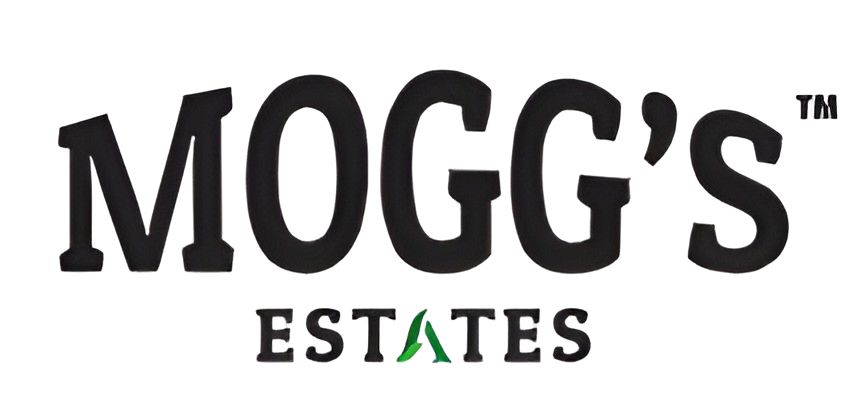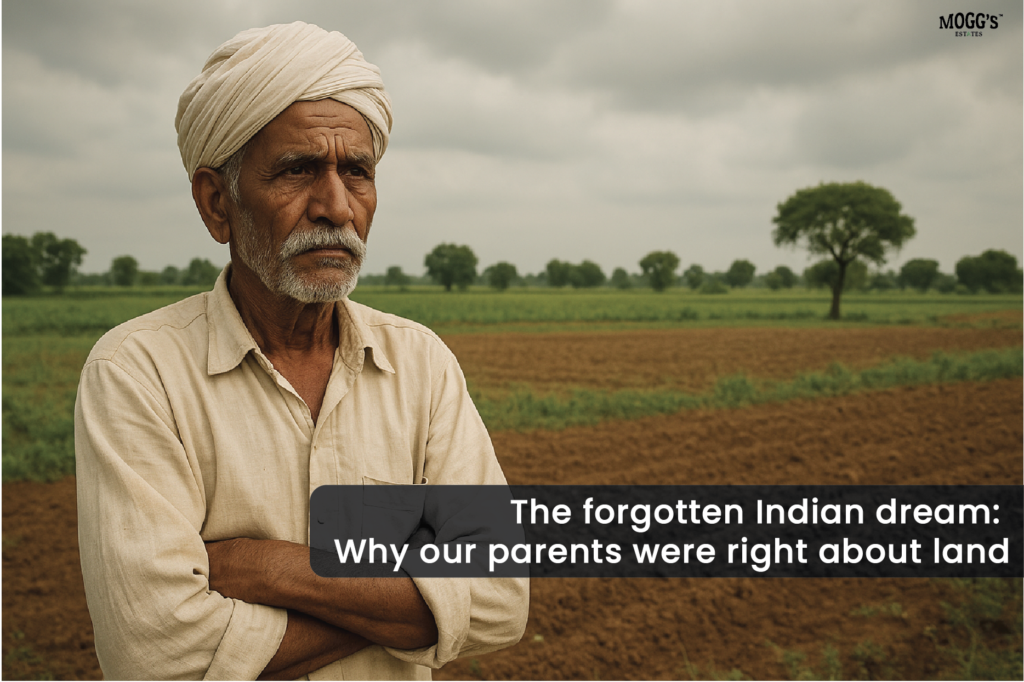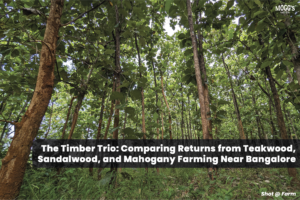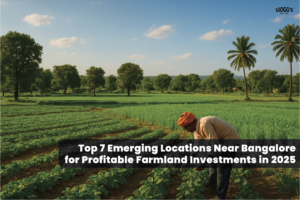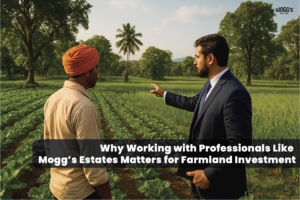There was a time when the word investment didn’t mean SIPs, stocks, or apps with graphs that go green and red.
It meant something simpler. It meant land.
Our parents spoke about it like a rule of life itself. They saved patiently, bought carefully, and some fought over a mantra we thought was not so important: land never loses its value.
And of course, we rolled our eyes. We wanted city lights, quick returns, something that sounded more… cooler. We’d see the land and think, “This is what they fight so hard to keep?”
Instead, why don’t they get into tech startups, stock markets, mutual funds, and crypto? That’s what the internet says is cool.
But here’s the twist: The very dream we dismissed is the one we’re circling back to.
For our generation, land felt distant. Growing up in cities, farmland was something you saw from a car window during a highway trip. Apartments, tech parks, shopping malls, and copying the West felt far more aspirational.
Land seemed rural, impractical, and slow. Who had the time to look after it? Who knew farm? Who wanted to deal with caretakers or disputes?
So, we replaced it with “smarter” options like SIPs, index funds, and insurance-linked investments. All digital, all neat, all wrapped in dashboards and apps that promised wealth with just a click.
Until we realized something: not all assets feel like home.
So what’s the turning point?
The 2020s changed the conversation. Suddenly, the shine of city life began to wear thin. Skyrocketing rents made city living feel like a treadmill that never stopped. Work-from-home fatigue pushed us to crave open spaces. Inflation and volatility turned “stable” investments into nervous bets.
And most importantly, mental health struggles made peace and balance non-negotiable.
That’s when land stopped feeling “outdated” and started feeling timeless again.
Why were our parents right?
Our parents weren’t after trends. They wanted stability. Land isn’t just about price tags; it’s about permanence. It doesn’t vanish when an app shuts down. It doesn’t zigzag with every news headline.
It stands, grows, and waits.
In a world where so many things feel temporary, jobs, homes, even friendships, land remains a rare constant.
And in that way, our parents were right. While we experimented with “new-age wealth,” they wove permanence into the land. Not by following whatever’s new, but by trusting the ground beneath their feet.
Here’s the truth: land was never just a financial decision. It was always an emotional and long-lasting one. Ask anyone who’s inherited farmland from grandparents. It’s not just property; it’s history. The soil holds memories, the trees carry stories, and the air itself feels like belonging.
That’s something no stock certificate can replicate.
Today, as millennials return to the idea of land ownership, it isn’t only for ROI. It’s for:
Peace of mind: A place untouched by traffic jams and deadlines.
Legacy: Something you can actually pass down, not just a number in a bank account.
Connection: To food, to nature, to something bigger than ourselves.
In other words, land offers a kind of wealth that money can’t measure.
This is why we’re seeing a generational shift. Land is no longer just a “dad thing.” It’s our move. But it’s not about farming in the traditional sense. It’s about redefining ownership.
One acre becomes a retreat.
A patch of farmland becomes a long-term hedge.
A small managed plot becomes a sanctuary for weekends.
We are investing in land because they’re seeking something city real estate can’t give: freedom, breathing space, and permanence. And unlike the dream flat, land doesn’t box you in. It gives you options. Build on it. Lease it. Grow on it. Or just let it stand quietly as your anchor.
What were the barriers our parents faced?
Of course, land ownership wasn’t always easy. Our parents had to deal with:
Unclear titles and endless paperwork.
Caretaker struggles, especially if they live in cities.
Zero transparency in how the land was managed or used.
Which is why, for many urban families, land remained more of a dream than a reality.
Where Mogg’s Steps In
This is where the new generation has an advantage. At Mogg’s Estates, the “who will take care of it?” The question is answered. From soil testing to plantation management, from security to transparent reporting, the entire cycle is handled by professionals. That means today’s generation can enjoy the same dream their parents believed in, without the back-breaking work or the uncertainty.
It’s land, reimagined for a new era:
Managed, secure, and future-focused.
Rooted in tradition, but adapted for the modern lifestyle.
A balance between ROI and emotional return.
What’s the bigger picture?
This shift isn’t just personal, it’s generational.
For decades, India’s growth story has been about cities: apartments, malls, flyovers, IT hubs. But as urban stress reaches breaking point, the pendulum is swinging back. People want roots. They want soil. They want something that feels steady.
Farmland is no longer just about crops; it’s about consciousness. It represents sustainability, balance, and a future that feels livable.
Turns out, maybe our parents weren’t being old-fashioned after all. Maybe they just saw what we’re only now beginning to understand:
Land is never just an asset. It’s an anchor.
And as millennials rediscover it, the “forgotten dream” doesn’t just return, it evolves. This time, with management, transparency, and sustainability built in.
What was once advice from our parents is now becoming the legacy we want to leave behind. Because in the end, wealth isn’t just about how much you own.
It’s about what will still stand when everything else changes.
And land has always stood.
